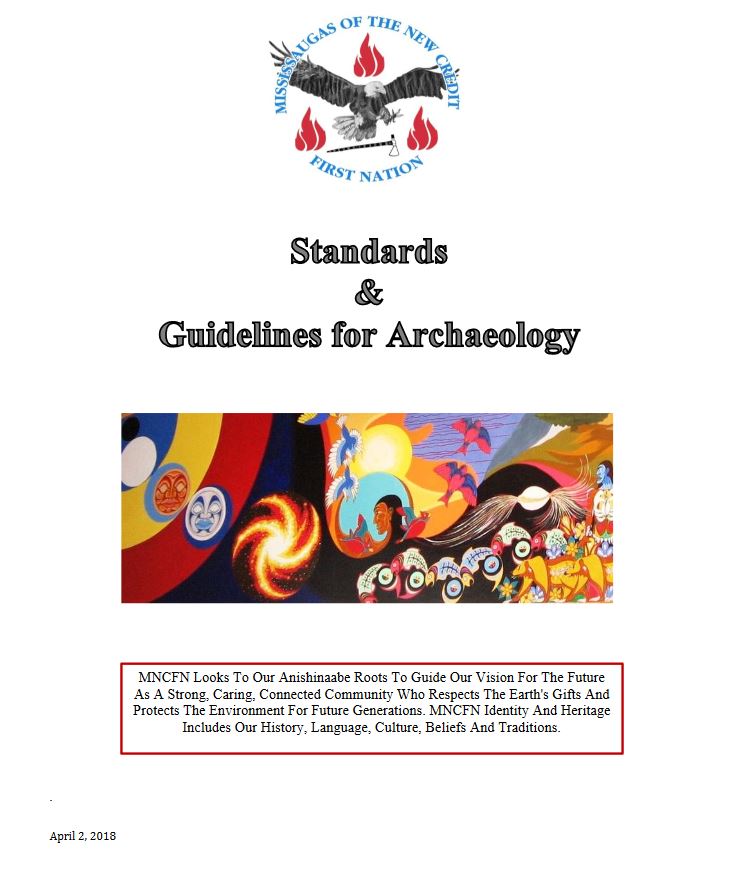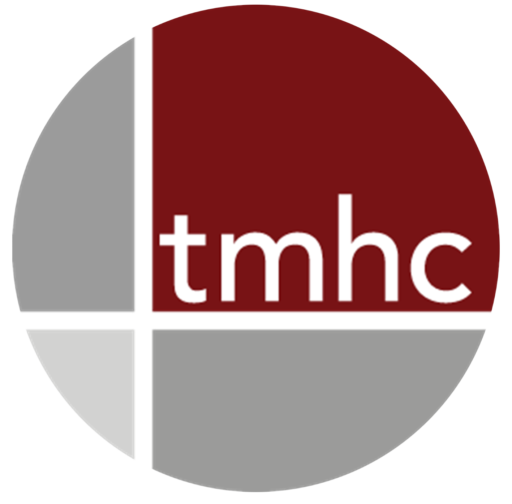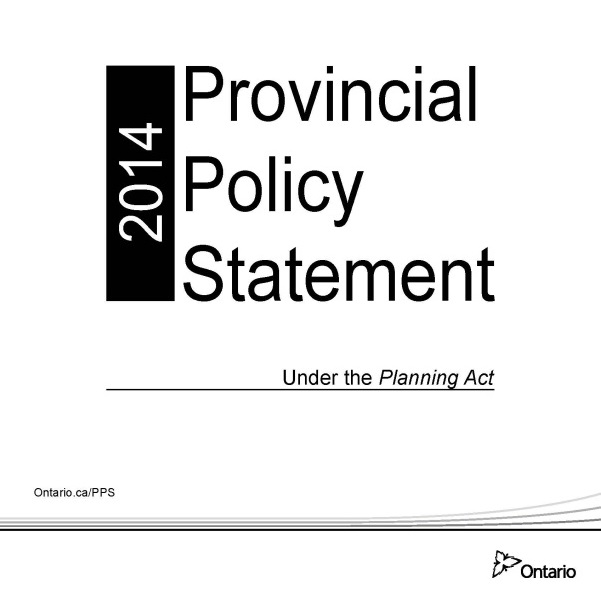2018: Provincial Legislation and Indigenous Peoples Participation
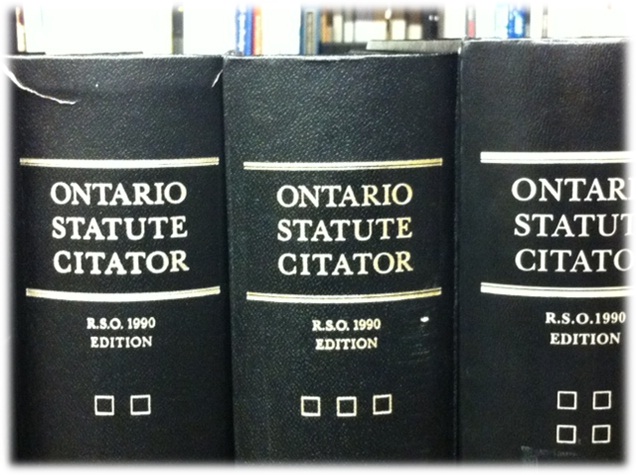
Beginning in mid-2018 TMHC began posting blogs about a wide variety of topics related to Indigenous participation in the practice of archaeology in the province. Topics included the Provincial Policy Statement (2014), shared territories, community representative participation, the discovery of human remains, and community specific requirements for archaeology. The common thread in these posts relates to how legislation and policies in Ontario do not reflect the principles or values of the current context of UNDRIP and Truth and Reconciliation. As we approach the end of 2018 we look back at some of the legislation as a way of looking forward into 2019.
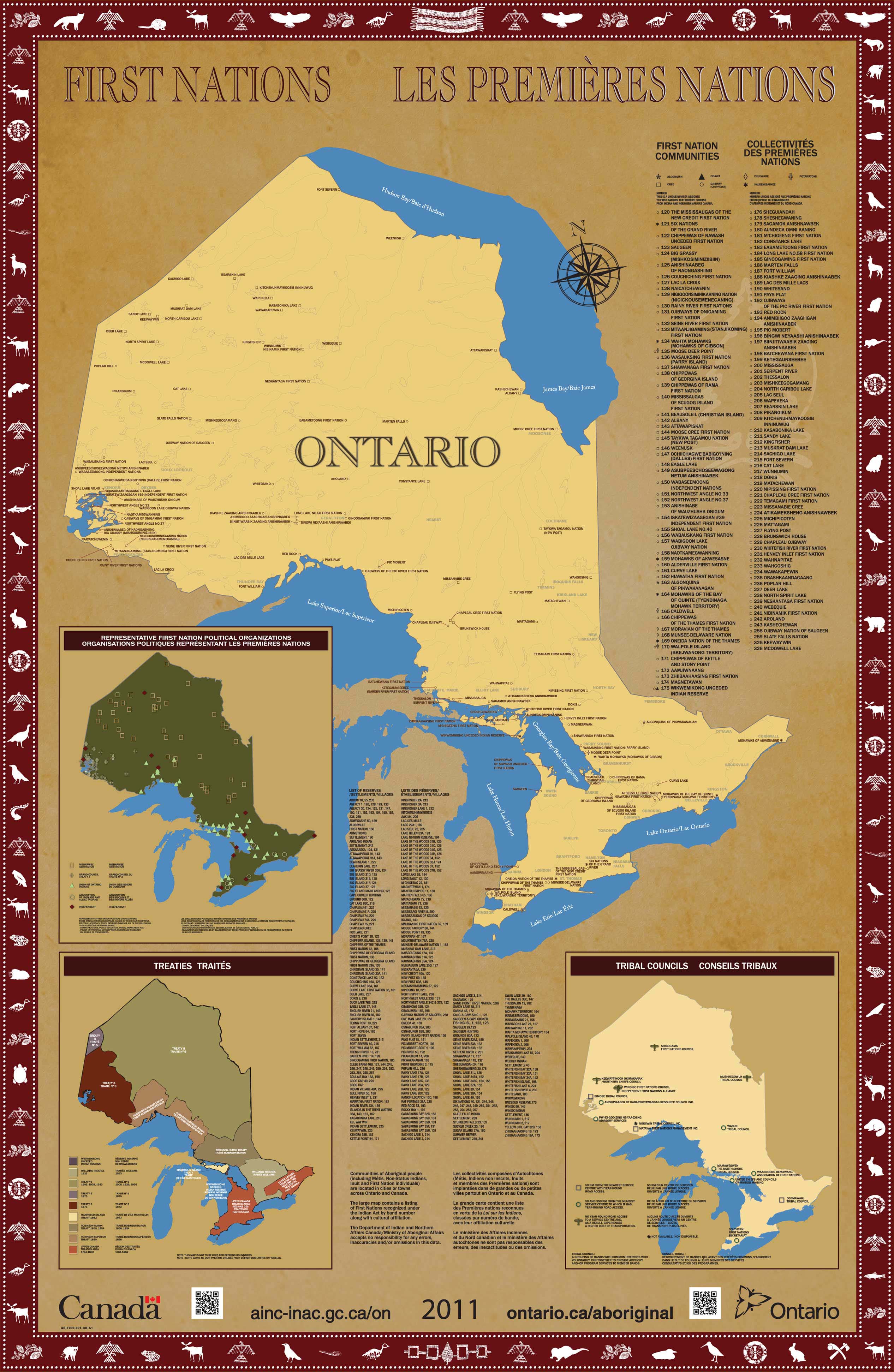
Ontario Heritage Act (R.S.O. 1990)
The Standards and Guidelines for Consultant Archaeologist (2011) released in November 2010 and implemented January 1, 2011 introduced new requirements for the “engagement” of Indigenous communities in the process of Indigenous archaeology. However, these requirements were extremely limited which has led several communities to develop their own requirements such as the Mississaugas of the New Credit First Nation in April 2018.
As with the Funeral Burial and Cremation Services Act (2002), the Ontario Heritage Act (R.S.O. 1990) and its policies including the Standards and Guidelines suffered from a slow development and implementation process resulting in the changes being out-of-date before they had fully implemented. The last revision to the Ontario Heritage Act (R.S.O. 1990) occurred quietly in 2009 when Section 48(3) was added that a licence was not required to alter an archaeological site when the fieldwork had been completed, a report had been submitted and the report had been entered into the Ontario Public Register of Archaeological Reports.
The development of the Standards and Guidelines implemented in 2011 began in the late 1990s and the last substantial changes (reflected in the numerous drafts that were released) dated to 2007, four years before implementation and reflecting archaeological practice from 20 years earlier! The guidance for engagement with Indigenous communities was released concurrently with the Standards and Guidelines and as such is also in need of revision.
The requirements for engagement implemented were at the end of the Stage 3 assessment when formulating Stage 3 strategies – after key decisions, such as if an archaeological site required further archaeological assessment, had already been made by the archaeologist without any input from the Indigenous communities with an interest.
Specifically, engagement is required in Stage 3 when assessing the Cultural Heritage Value or Interest of an Indigenous archaeological site that is known to have or appears to have sacred or spiritual importance, or is associated with traditional land uses or geographic features of cultural heritage interest, or is the subject of Indigenous oral histories (Section 3.4). In addition, engagement is required at the end of Stage 3 when formulating a strategy to mitigate the impacts on certain types of Indigenous archaeological sites, including those that are: rare, undisturbed, identified as sacred or contain human remains, date to the woodland period, where topsoil stripping is contemplated and previously identified as of interest to an Indigenous community (Section 3.4 and 3.5). There are minimal requirements for reporting on the engagement undertaken (Section 7.6.2). In addition to these requirements, there are guidelines in Stage 1 as part of the background and evaluation of archaeological potential (Sections 1.1 and 1.4) and in Stage 2 when determining if an archaeological site requires Stage 3.
This is similar to the burial site provisions in the Funeral, Burial and Cremation Services Act (2002), in that the required Indigenous community participation is late in the process after several key decision had been made. The protocols developed by most Indigenous communities ask for consultation prior to undertaking any archaeological fieldwork.
In July 2016, the Ministry of Tourism, Culture and Sport announced the first Culture Strategy for Ontario including a commitment for the review of the Standards and Guidelines. In the two and a half years since there has been no formal announcement that the review has started. A change in the provincial government in May 2018 has created doubt that the process for much needed revision will begin soon. The review process seems fated to follow the same drawn out process as that for the original formulation and implementation.
Planning Act (R.S.O. 1990)
The revisions to the Provincial Policy Statement (2014) were seen as a step towards full community participation in the due diligence process related to cultural heritage. The process for revision of the Provincial Policy Statement (2014) was also a lengthy process after an initial promise of a review after five years, it took an additional four years to complete. Despite this lengthy process for development, as we have previously noted, this has fallen short and the guidance on how to implement the new (now four years later) policy has not yet been realised. The PPS reads:
2.6 Cultural Heritage and Archaeology
2.6.1 Significant built heritage resources and significant cultural heritage landscapes shall be conserved.
2.6.2 Development and site alteration shall not be permitted on lands containing archaeological resources or areas of archaeological potential unless significant archaeological resources have been conserved.
2.6.3 Planning authorities shall not permit development and site alteration on adjacent lands to protected heritage property except where the proposed development and site alteration has been evaluated and it has been demonstrated that the heritage attributes of the protected heritage property will be conserved.
2.6.4 Planning authorities should consider and promote archaeological management plans and cultural plans in conserving cultural heritage and archaeological resources.
2.6.5 Planning authorities shall consider the interests of Aboriginal communities [emphasis added] in conserving cultural heritage and archaeological resources. (PPS 2014:29, http://www.mah.gov.on.ca/AssetFactory.aspx?did=10463)
In addition, the Provincial Policy Statement (2014) also reads “Planning authorities are encouraged to coordinate planning matters with Aboriginal communities” (page 12, Section 1.2.2) and that “This Provincial Policy Statement shall be implemented in a manner that is consistent with the recognition and affirmation of existing Aboriginal and treaty rights in section 35 of the Constitution Act, 1982.” (PPS 2014: 33, Section 4.3). The terms “encouraged” and “shall” are most often interpreted as not required.
As we have noted previously, in the absence of clear direction (i.e. guidance materials) from the Ministry of Municipal Affairs, municipalities are left to find their own solutions, implemented with varying degrees of success, to the increasing pressure from Indigenous communities to be consulted on approvals under the Planning Act (R.S.O.) and Provincial Policy Statement (2014).
Funeral, Burial and Cremation Services Act (2002)
The proclamation into force of the Funeral, Burial and Cremation Services Act (2002) in July 2012 after being passed in 2002 is another example of legislative change that did not meet the needs of the current environment given that 10 years had passed. Between 2002 and 2010, the results of the Ipperwash Inquiry were released calling for changes to the process as well as UNDRIP (Universal Declaration on the Rights of Indigenous Peoples) was adopted.
As we have written about the shortcomings of the Funeral, Burial and Cremation Services Act (2002) extensively, we will not reiterate these here save it to say that no guidance on the interpretation of the burial site provisions has been provided with respect to the expectations regarding the participation of Indigenous communities.
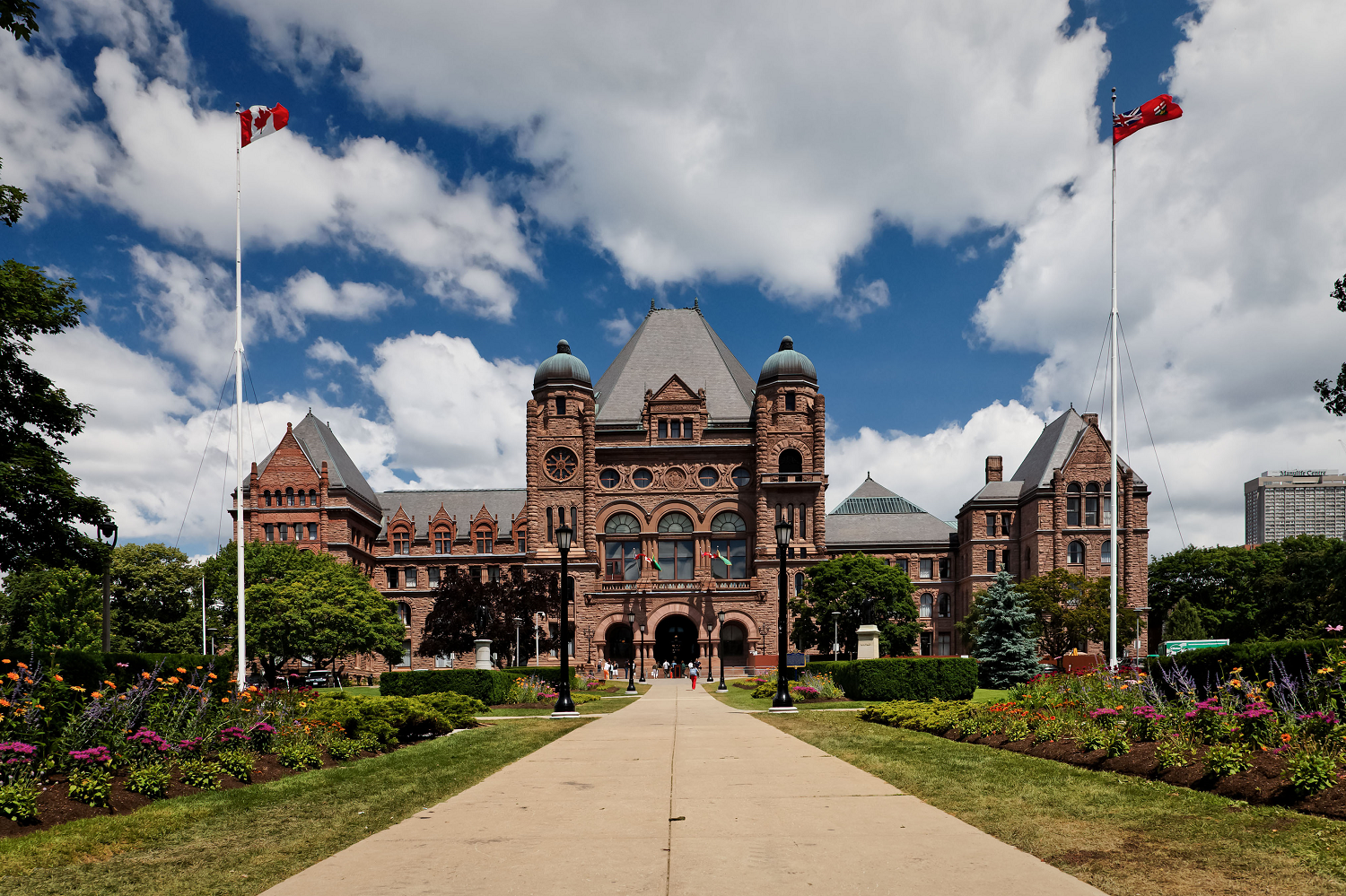
Looking Forward
As we move forward, Indigenous participation is no longer simply a nice element to have, but a critical component of the archaeological assessment process. Policies like the Standards and Guidelines for Consultant Archaeologist (2011) desperately need to be modernised to reflect current realities, not the realities of 20 or 30 years ago. Legislation including the Ontario Heritage Act (R.S.O. 1990) and The Funeral, Burial and Cremation Services Act (2002) is out-of-date creating risks for proponent and archaeologists triggering a legal challenge by an Indigenous community for a failure of the duty to consult with respect to impacts to their asserted rights to the protection and preservation of their cultural heritage.
The process of modernising the legislation needs to be coupled with timely updates to the supporting regulations, policies and procedures to ensure successful transition to an environment that is respectful of the rights of Indigenous peoples, the Duty to Consult and Accommodate, UNDRIP and the spirit of Truth and Reconciliation.